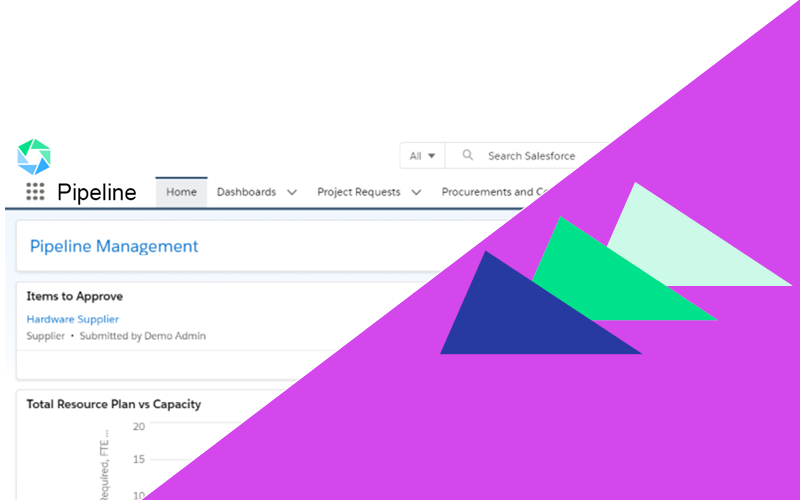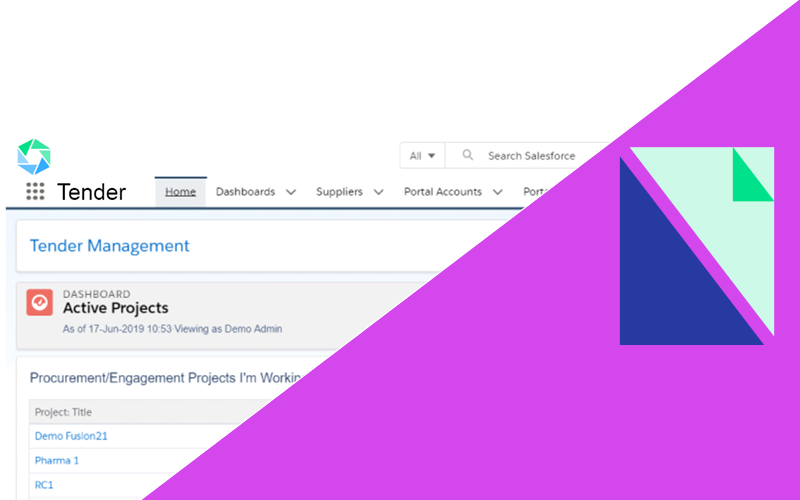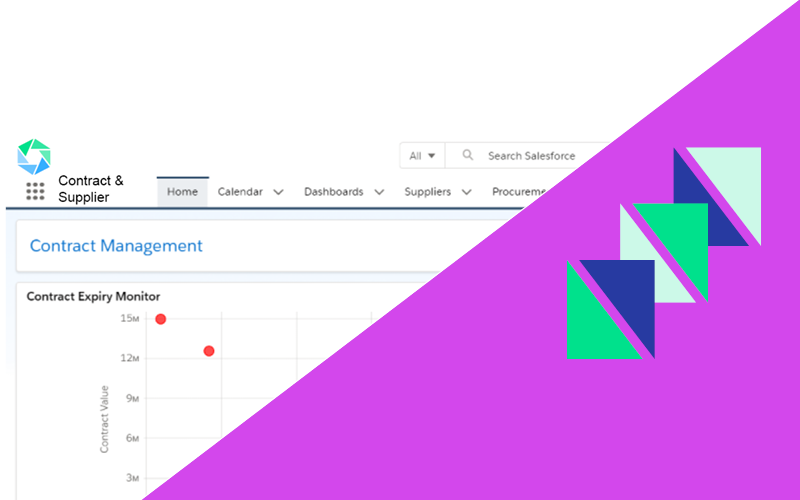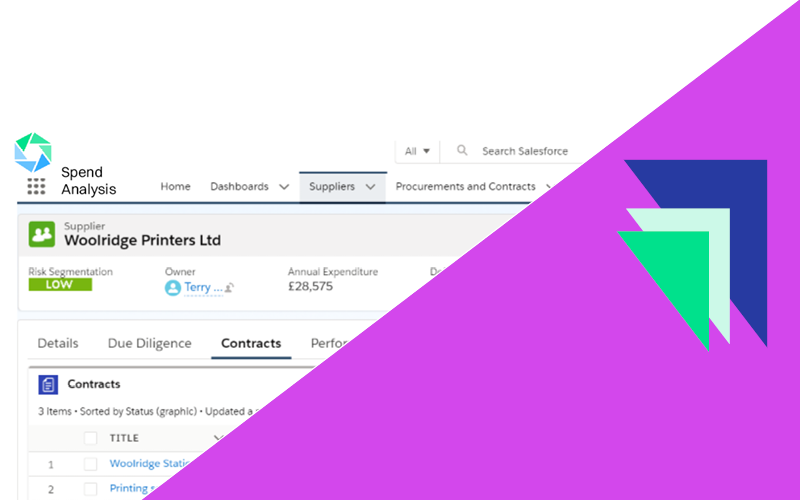It’s fair to say that global markets are the most environmentally conscious they have ever been, with businesses under increasing pressure to adopt sustainable practices and drive the benefits of sustainable procurement.
This, however, has led to a rise in “greenwashing” – the act of giving a false impression or misleading information about how a company’s products are more environmentally sound than they actually are.
In 2023, significant legislative actions were taken to combat greenwashing: the UK’s Competition and Markets Authority (CMA) introduced laws sanctioning greenwashing practices and the EU passed its Green Claims Directive. It is crucial businesses, and particularly Procurement departments, understand what greenwashing is, why it’s harmful, and how to ensure that your sustainability goals are genuine and impactful in light of these new regulations and to prioritise driving real change.
In this article, we’ll explore the benefits of sustainable procurement and how procurement teams can drive real change by implementing robust supplier assessments, data-driven decision-making and transparent reporting.

What is Greenwashing?
Greenwashing is when companies deceptively market their products or practices as environmentally friendly. This can range from exaggerated claims to outright lies about the environmental benefits of a product or service. Examples include vague terms like “eco-friendly”, misleading packaging and false certifications. Lululemon is the latest company to face Greenwashing claims and is currently under investigation for misleading consumers specifically with their “Be Planet” campaign.
Why is Greenwashing Bad?
- Misleads Consumers: Greenwashing confuses and deceives consumers who want to make environmentally responsible choices, leading them to support companies that may actually harm the environment.
- The Erosion of Trust: When Greenwashing is exposed, it damages consumer trust not only in the offending company but also in genuinely sustainable brands.
- Delaying Real Progress: Greenwashing diverts attention and resources from truly sustainable practices and innovations, slowing down the overall progress towards sustainability goals.
- Creates Legal and Financial Risks: With the EU’s Green Claims Directive and the UK’s CMA laws now in place, companies caught Greenwashing face legal repercussions and potential financial losses from boycotts and loss of reputation.
How Can We Drive Sustainable Procurement?
Here’s how procurement teams can maximise the benefits of sustainable procurement:
Set Clear, Measurable Sustainability Goals
SMART Targets
Define specific sustainability goals such as reducing carbon emissions by a certain percentage, minimising waste or using renewable energy sources.
Accurate KPI Tracking and Metrics:
Establish key performance indicators (KPIs) and metrics to measure progress towards these goals. This includes the complex task of tracking Scope 1, 2 and 3 emissions, the latter of which covers indirect emissions in the supply chain and is considered a critical element in reducing environmental impact.
Conduct Thorough Supplier Assessments
Due Diligence
Comprehensive assessments of suppliers are essential to verify their sustainability claims. This includes reviewing their environmental practices, certifications, and compliance with regulations.
Third-Party Certifications
Give Ppreference to suppliers with credible third-party certifications such as ISO 14001, Fair Trade or B Corp to ensure their sustainability practices are verified.
Get your Data Working for You
Accurate Reporting
Reliable data is the cornerstone of genuine sustainability efforts. Ensure that all sustainability claims are backed by accurate and verifiable data and choose a software partner that empowers tailored reporting – empowering your team to effectively track the metrics important to you and your business. Reliable data helps in cutting out gGreenwashing by providing a transparent and accurate picture of your environmental impact.
Regular Audits
Conduct regular audits and reviews of your data collection processes to ensure the integrity and reliability of the information being reported.
Data Risk Metrics
Build your risk tolerance levels into your reporting to support tracking and proactively identify and resolve risks before these become issues.
Data Driven Actions
Use your data to push beyond just reporting to drive data driven decisions for proactive monitoring and action by procurement.
Drive Transparent Reporting
Regular Updates
Provide regular and transparent updates on your sustainability progress; achieving your ESG goals means close monitoring of your operations and impact.
Educate and Collaborate
Provide Internal Training
Educate your team about Greenwashing and how to identify genuine sustainability practices. Sharing your sustainability goals is a positive way to drive engagement from your wider team.
Implement Sustainable Procurement Policies
Sustainability Criteria
Integrate sustainability criteria into your procurement policies and supplier selection processes. This is a positive way of ensuring your procurement walks the walk when it comes to prioritising sustainability.
Measuring Real Sustainability Impact
To ensure that sustainability efforts are making a genuine difference, it’s essential to measure and analyse their impact effectively:
Scope 3 Emissions Tracking
Comprehensive Assessment
Procurement must have access to carbon footprint assessments of their supply chain. Building as clear a picture as possible of your Scope 3 emissions is pivotal to tracking progress as well as being able to make tweaks to strategy to get back on track if deviations occur.
Supplier Collaboration
Working effectively with suppliers to collect accurate emissions data and implement reduction strategies is also crucial for real progress to be made. Positive SRM strategies may be the deciding factor in how successful teams can be in achieving their sustainability goals.
Impact Reporting
Quantitative Data
The regular reporting of specific metrics such as energy consumption, waste reduction and water usage is key for building good visibility of a supply chain.
Qualitative Insights
The sharing of case studies and qualitative insights on how sustainability initiatives are benefiting the environment and communities will greatly impact team progress. Equally, innovation is so crucial to driving creative solutions to complex problems, and good news stories or unique approaches may be important for teams looking for out-of-the-box thinking on the challenges of 20254.
Conclusion
Procurement teams need to drive the benefits of sustainable procurement and the first way of doing this is by avoiding Greenwashing. They must drive real sustainability in procurement, which requires a commitment to transparency, rigorous evaluation and continuous improvement.
Procurement teams must set clear goals, conduct thorough audits, ensure data reliability and engage in transparent reporting. Crucially, teams must have buy-in from the top table to ensure that their sustainability efforts are genuine and impactful.
With the new EU Green Claims Directive and the UK’s CMA laws, companies must now make real, verifiable changes to their operations to drive sustainability. This new legislation does now mean that, finally, sustainable procurement is the commercially savvy path ahead.
Ready to take your sustainable procurement strategy to the next level?
Request a demo today and discover how Atamis’ procurement software features can help you reduce Greenwashing risks, enhance supplier collaboration, and track sustainability impact with confidence.

Ready to empower your team with a procurement software solution you can rely on?
Request a demo today and discover the difference Atamis can make for your team and your procurement processes.
 Our Pipeline App empowers your team to plan ahead and forecast for upcoming procurement activities.
Our Pipeline App empowers your team to plan ahead and forecast for upcoming procurement activities.  The Tender App allows your team to visualise all sourcing activities within your Atamis platform, from issuing tenders to receiving bids.
The Tender App allows your team to visualise all sourcing activities within your Atamis platform, from issuing tenders to receiving bids. Our Contract & Supplier App puts your team in firm control of your key supplier relationships and provides a central repository for all contracts.
Our Contract & Supplier App puts your team in firm control of your key supplier relationships and provides a central repository for all contracts.  Our Enhancers ensure your solution is tailored to your needs. Pick and choose additional functionality that fits your requirements.
Our Enhancers ensure your solution is tailored to your needs. Pick and choose additional functionality that fits your requirements. 